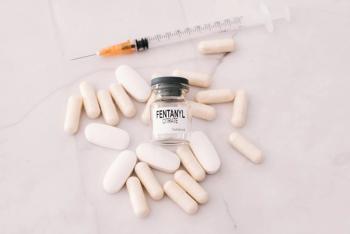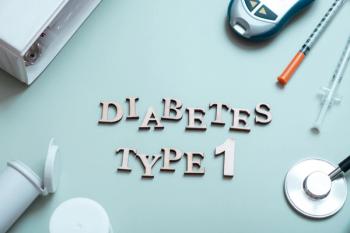
How Analytics Can Help Pharmacists Reduce Readmissions
Pharmacists can help patients-but only the ones they have time to reach.
Hospital readmissions are a problem. The latest statistics from Medicare indicate a 15.3% overall readmission rate, which according to the Kaiser Family Foundation, will result in $528 million in 2017 for Medicare penalties on hospitals. The rate of readmissions has been falling in recent years-down from 17.5% in 2013 and 19% in the years before that-but obviously there is still a large amount of work to be done. Cue the pharmacist.
Pharmacists and pharmacy organizations know that medication therapy management (
The solution, according to Neil Smiley, CEO at
Related article:
The system is a four-step process: identify, match, engage, and evaluate. To identify patients in need of additional assistance and match them with a pharmacist or other health-care professional, Loopback’s system analyzed data from a variety of sources. These included hospitals, skilled nursing facilities, and a variety of other care settings. “Any one of these sources of connection has value in predicting what patients will have some kind of problem,” said Smiley.
Data could track patients with gaps in filling their medication, or patients on too many medications, or on difficult-to-manage medications. Loopback can then “characterize the risk of the patient,” added Smiley, and then assess “whether the vulnerability relates to medication.” Smiley said that he has noted that COPD and heart failure are two conditions “particularly responsive” to medication intervention programs, while hip and knee surgery patients were less likely to be as responsive. Smiley said that Loopback is a “believer in pharmacist-led follow-up programs after discharge,” saying that they could help manage any logistical issues, escalation events, or potential drug-drug interactions.
After a patient is identified and matched, Loopback can look at engagement and evaluate what was working, how patients were identified, and refine their data. Loopback measures such things as how well a protocol was designed and followed, if there were problems with execution, and whether or not the strategy was successful. Smiley said that in analyzing these types of scenarios, it is tough not to have selection bias, e.g., choosing patients who are already more likely to achieve success in order to skew results, but that data analytics can be valuable in constructing groups to objectively measure what is and what isn’t working.
Part of what pharmacists can do to help the problem is to make sure patients receive their medications in a timely manner. Smiley said that while this may seem obvious, he has seen it as a problem in hospitals. “Pharmacists can make sure this happens for vulnerable populations,” he said. Data analytics also allows additional surveillance capabilities, as a way to “nudge [patients] back into adherence.”
Related article:
Smiley said that using the Loopback system, he sees an average of 10% to 20% lower readmission rates. This improvement is higher for more responsive conditions, such as 40% lower rates in COPD patients, but can be lower in other less responsive groups. He said that avoiding one readmission is equivalent to about $11,200 saved, though this is a rough estimate depending on a variety of factors.
There is “no definitive objective for lowering readmissions,” he said. The “goal is not to be done,” but rather is “to continue to focus your resources to have impact.” Loopback is “looking for places where you’ve got coverage leakage,” he said, where there isn’t an intervention for patients.
Loopback is also looking at how data analytics could be used to help with the emerging specialty medication market. Smiley said that analytics could help predict patients who would benefit from specialty medications, and help them “get ahead of lengthy preauthorization processes.”
Newsletter
Pharmacy practice is always changing. Stay ahead of the curve with the Drug Topics newsletter and get the latest drug information, industry trends, and patient care tips.





















































































































































